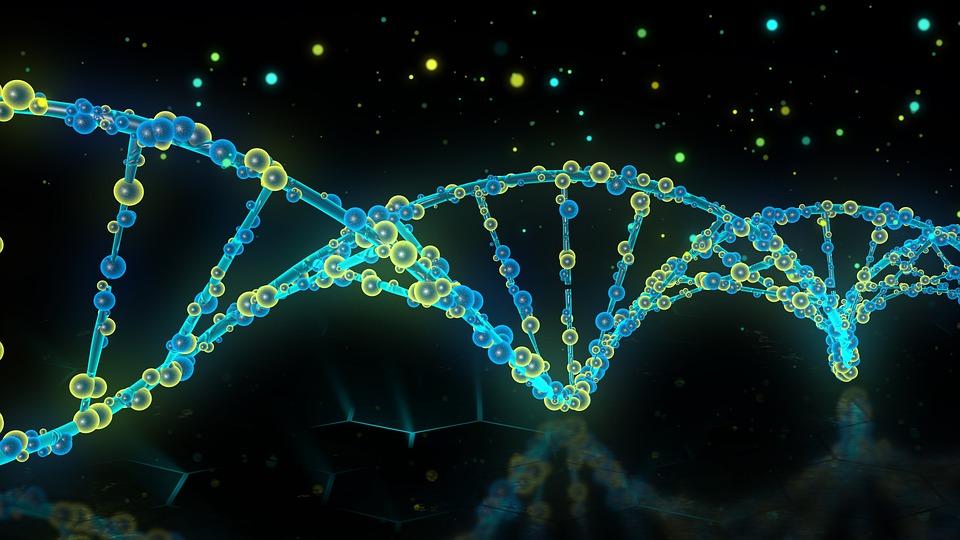
Cracking the Code: DNA Detectives Unravel Life's Family Tree
by Michael Angelo De La Cruz
In this engaging lesson, students will delve into the fascinating world of phylogenetics, using the DNA sequences and genetic information of their selected organisms to construct an automated phylogenetic tree. Through this hands-on activity, they will discover that evolutionary relationships are not solely determined by physical characteristics but are deeply rooted in the intricate patterns of genetic code. By analyzing the DNA sequences, students will unravel the hidden stories encoded within the genomes, revealing the intricate web of shared ancestry and divergence among different species. They will gain a profound understanding of how even the slightest variations in genetic information can shape the evolutionary trajectories of organisms, leading to the vast diversity we observe in the natural world.
Lesson Plan Link/URL
https://docs.google.com/presentation/d/1TX3kwz0wQtLjbn62wAhDUsiDSqo15MVM/edit?u…Subject Area
Science Life Science L4: Evolution Technology 1. Empowered Learner 2. Digital Citizen English Language Arts (ELA) Speaking & Listening
Featured
Off
Related Content

Grades:
7th Grade, 8th Grade, 9th Grade, 10th Grade, 11th Grade, 12th Grade
Want to incorporate the Arts into your 7-12 STEM classroom? The Global Science Opera provides a way to do just that! Learn how to facilitate a STEAM collaboration with arts teachers to make it happen.

Grades:
9th Grade, 10th Grade, 11th Grade, 12th Grade
In this virtual reality frog dissection, students get to explore the anatomy of a female frog inside and out. The frog’s respective organs are scientifically accurate models to scale, allowing

Grades:
9th Grade, 10th Grade, 11th Grade, 12th Grade
Students are guided through the urgency to create large scale plan solutions for climate mitigation and green energy fuel sources. They will then build and design a bioreactor using algae as a